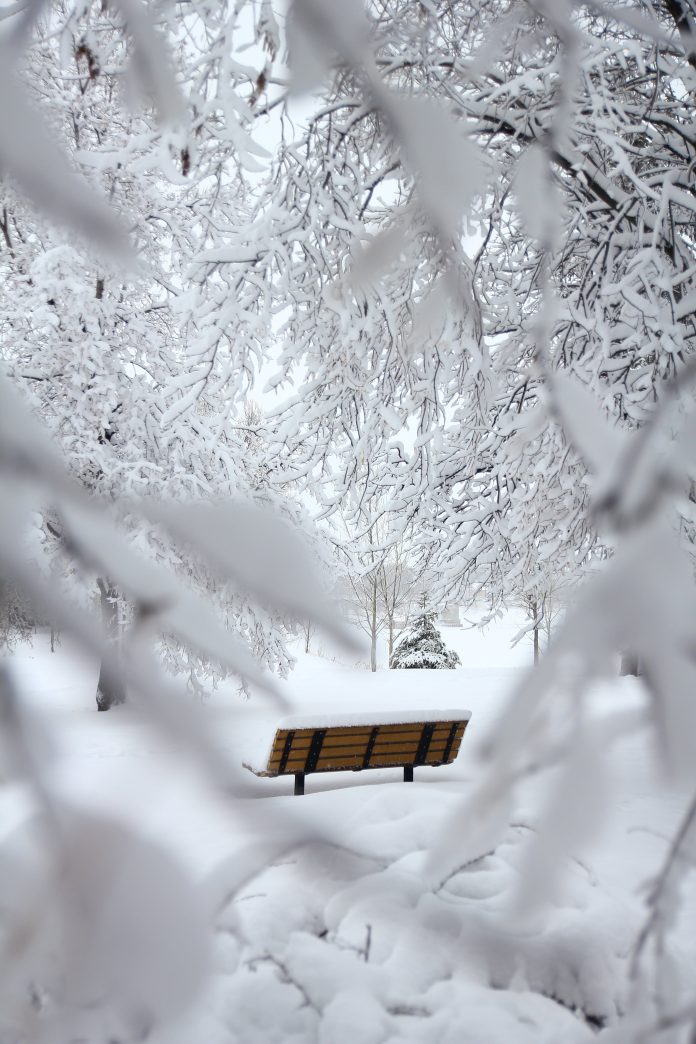Some features produce a positive response in visitors, as a focus for passive recreation, education, and interpretation; they remain opportunities for interpretation of bedrock themes in the park. Among the landscape features are large sandstone boulders several metres across. Those in north slope coulees may contain fossil clam shells, as remnants of a wave cut terrace which tumbled onto valley glaciers.
The Nose Hill pre-glacial gravels in the eastern portion of the Hill extend throughout the hilltop. In the Burnco gravel pit – and the slopes leading to this area from 19 Street and from Charleswood Drive – several trails and junctions in the south-facing areas are where exposed gravel from the Hill use in the 1960s and 70s would have been visible unless remediation was done with nurse and native grasses, after re-rooting foot traffic while the repair was undertaken.
A review of land uses of Nose Hill revealed that areas more severely damaged by vehicles, horse and cattle grazing, and gravel extraction were slowly regenerating. Although rutted trails remained, some already had grass growing in them due to less traffic. Ravine trails were heavily overgrown by tall grasses, thistles, and nettles, so that people used them less.
Firefighting, weeding, and controlled burns with vehicles damaged the plateau and slopes above the Porcupine Valley bike path. Widened and two-track trails are from social use; trail braiding on steeper hillsides due to wet, icy, or poor conditions. An on-hill project was raking to prevent new desire lines. Work was needed on the old motorcross routes up the bluff south of Porcupine Valley and along the Many Owls Valley Road where the trails had been washed out or deeply grooved. Pedestrian use of old vehicle roads slowed regeneration and remediation was warranted.










